Here's some stuff that happened in the past
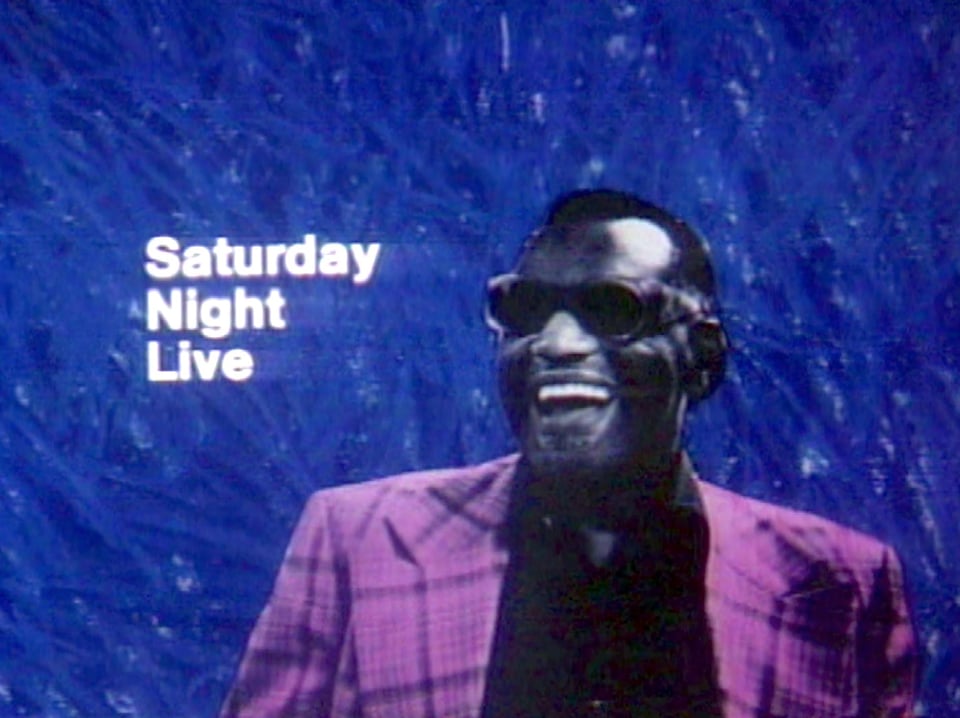
In an episode in which Ray Charles is both host and musical guest, the soul legend announces that he has a very special guest in Ella Fitzgerald. Being a huge Fitzgerald fan (her rendition of “Bewitched, Bothered and Bewildered” might be my favorite song of all time), I stupidly got excited.
So I felt like a real maroon when “Ella Fitzgerald” turned out to be, once again, Garrett Morris in a dress. Writing this series has made me think a lot about Morris and his role on Saturday Night Live.
Where other cast members were Second City graduates, Groundlings alumni, or stand-up comedians, Morris was a Juliard-trained dramatic actor and playwright who sang opera.
Morris had also appeared in the cult classic coming-of-age comedy Cooley High, but otherwise, his background wasn’t just decidedly different than the rest of the Not Ready for Prime Time Players: it was antithetical.
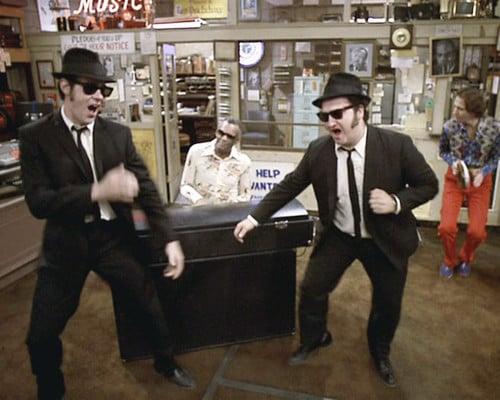
Even if Morris wasn’t the only black cast member of a very white show, he still might have struggled because his forte was not lowbrow sketch comedy.
Morris has the unfortunate distinction of being the first black cast member of Saturday Night Live, failed because they had no idea what to do with him. In the essential early Saturday Night Live history Backstage, Eddie Murphy even uses Morris’ name as a verb when he says that much-hated producer Jean “Ayatollah” Doumanian tried to “Garret Morris” him.
The Car Wash costar wore a dress on Saturday Night Live a whole lot more than his Caucasian contemporaries Chevy Chase, Dan Aykroyd, John Belushi, and Bill Murray did. Heck, Morris wore a dress more often than his female costars as well.
Saturday Night Live morphed into The Ray Charles Show for one glorious evening. It stopped being a sketch comedy show with music and became a music show with sketch comedy.
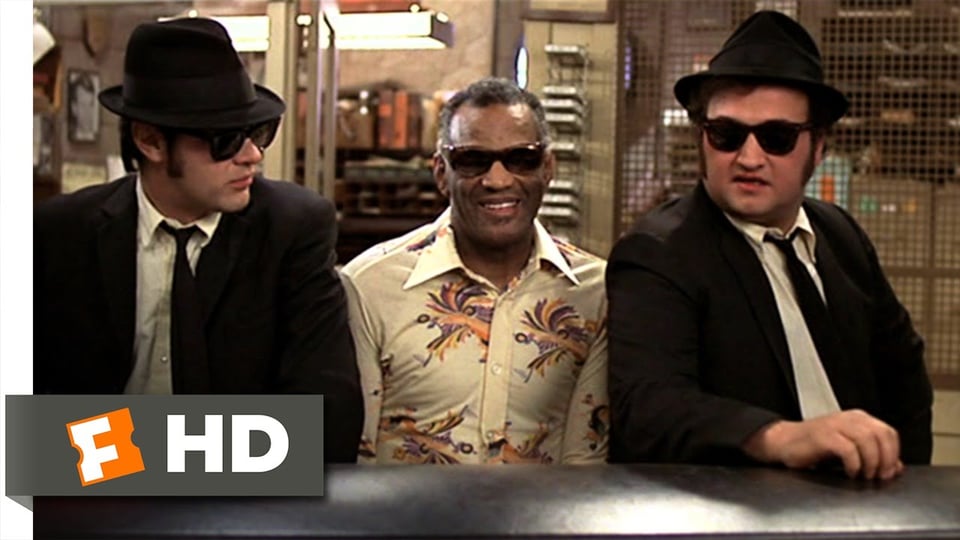
The producers wisely have Charles sing as often as possible while also finding plenty of time for all of the blind jokes you’d expect.
Charles unnecessarily sets up a sketch about Jimmy Carter’s frustration with the American people for not supporting energy policies by stating that Carter’s family owned his grandfather.
It’s a sketch that does not need a set-up. Aykyoyd brilliantly played Carter as a smart man and honey-dripping Southern charmer who is disappointed in the American people for not living up to his standards.
Aykroyd’s Carter presciently predicts that he will be a one-term president because everything is going down the tubes. He imagines a future in which the American people realize how wrong they’ve been about energy conservation all along and plead with the president for forgiveness.
By that point, it will be too late, however, and all that the President would have to say to the American people would be, “Honk off, you bozos.”
Aykroyd miraculously manages to invest the phrase “honk off you bozos” with a certain battered dignity. Aykroyd’s Carter is honest to a fault about things he probably should not be blunt about.
Charles plays himself in “The Young Caucasians,” a parody of the Pat Boone school of popularizing black music and black musicians by diligently replacing soul and grit with wholesome fluff.
The Young Caucasians are so stiff and awkward that they make Pat Boone look like Miles Davis by comparison. What they do to “What’d I Say” is a crime against humanity as well as music.
“The Young Caucasians” is set back in 1957. “The Doody Sisters” is another retro throwback, this time involving the widow and sister of Howdy Doody, the viscerally unnerving puppet children inexplicably were not terrified of in the 1950s.
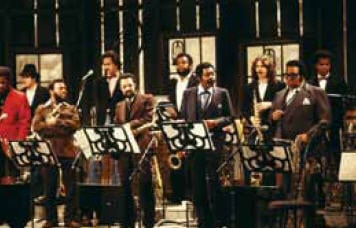
It’s a bravura exercise in physical comedy that finds Gilda Radner (as Howdy’s widow) and Laraine Newman (as Howdy’s sister) bouncing about as if controlled by unseen puppeteers as they try, unsuccessfully, to forget about Howdy Doody’s tragicomic demise.
Late in the episode, Morris’ Car Wash costar Franklin Ajaye, whose background as a comedian and comedy writer would have made him a more natural fit for Saturday Night Live than Morris, performs what feels like an hour-long chunk on Star Trek. Ajaye would later score an Emmy nomination for being a staff writer on In Living Color.
While discussing the absurdity of Gene Roddenberry’s famous creation, Ajaye doesn’t even attempt to replicate the extremely imitable voices of its stars. Ajaye must have been the only working comedian who didn’t wasn’t capable of a halfway decent William Shatner impersonation.
A sleepy crowd perks up briefly when Ajaye drops a gratuitous N-bomb, but otherwise, the segment is more or less a total dud. To make things even more awkward, Ajaye’s set just kind of ends with him asking the director, “Hey, are we off?”
The show tried something different in booking a black comedian to do a lengthy routine about what is generally considered white nerd shit. It did not succeed.
Otherwise, the show was on much surer footing. The cast’s delight at getting to play in the sandbox with a towering icon like Charles is infectious.
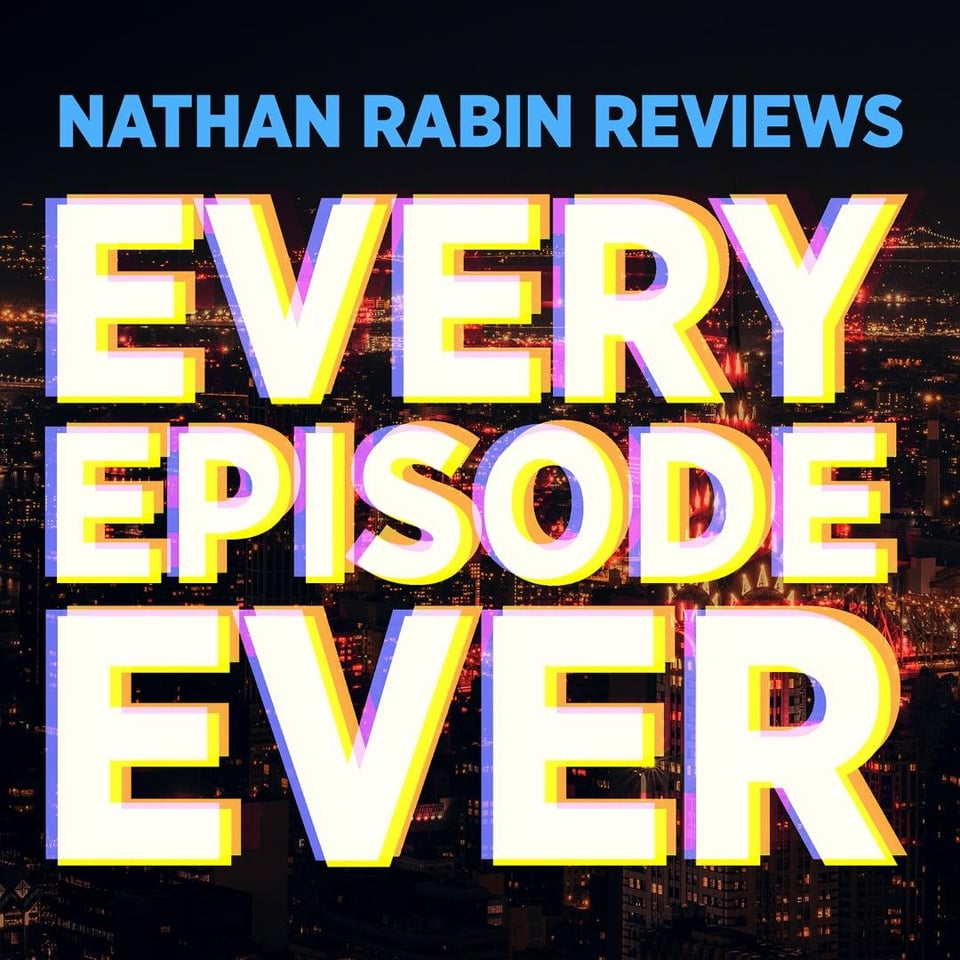
The cast crowds around Charles and his piano as the show draws to a close. Belushi shows off a killer Ray Charles impersonation mere feet away from the man himself.
Aykroyd and Belushi would fall in love with black music, particularly the blues, in a way that would have a huge impact on their lives and careers, and blues as a genre two white funnymen played a sizable role in popularizing.
The Ray Charles episode of Saturday Night Live is pure joy, but for Aykroyd, Belushi, and their Blues Brothers’ costar Charles, the best was yet to come.
Grade: A-
Best sketch: “The Young Caucasians”
You just read issue #68 of Every Episode Ever. You can also browse the full archives of this newsletter.

Add a comment: